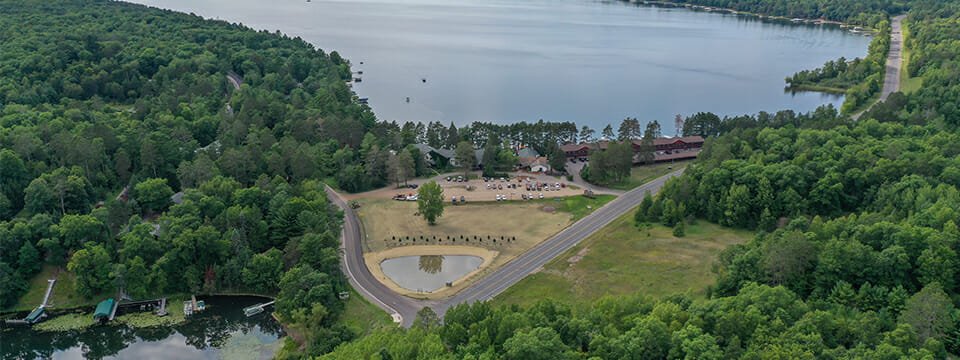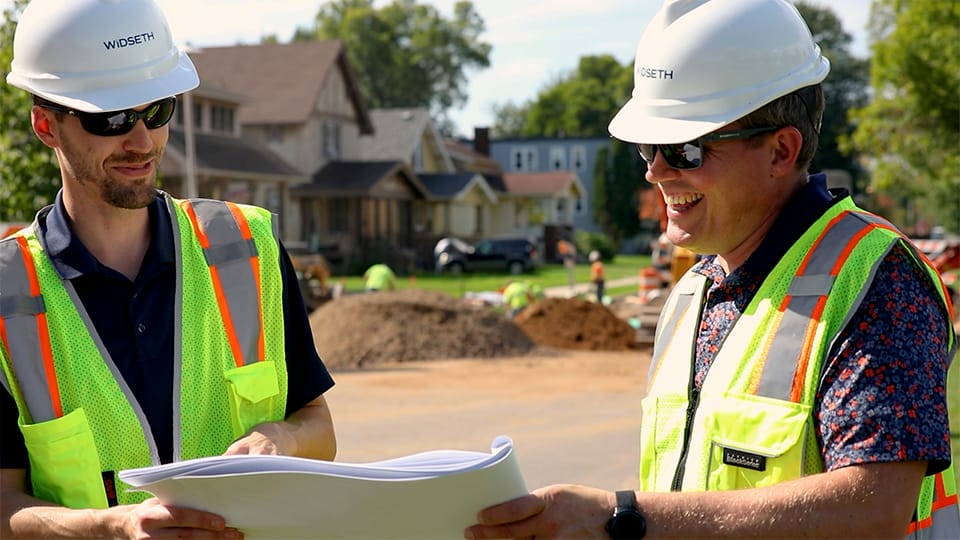It’s raining – raining hard. Streets are filling with water, and storm sewers are doing what they are supposed to do: diverting runoff water from roads into storm drains. The water eventually flows into our wetlands and lakes. Lakes that bring people to the area to vacation, to recreate, to live, to start businesses, because people love the lakes.
If not treated, stormwater runoff and the many natural and man-made nutrients and pollutants it carries could harm our lakes. When working correctly, stormwater systems treat and filter the runoff, reducing pollutants and helping the quality of our waterways.
When road salt, pesticides, fertilizers, litter, and other pollutants enter our lakes, it’s not good for people or the environment. It’s bad for fish, plants, and other organisms that live in the lake, and it makes us not want to use the lakes for swimming, fishing, and other activities.
Here are signs that your stormwater system may need improvements:
- Diminishing lake clarity, such as a silt cloud after a rain event or the depth you can see into the water is diminishing each year
- Excessive sediment accumulation and delta formation at storm sewer outlets or along roadsides
- New algae blooms, or thick weed mats, or declines in fish and other fauna
- Sounds of silence; you should hear frogs, insects, birds, and other wildlife
One recent success story is the cooperative effort among the City of Crosslake, the Crow Wing County Highway Department, and the Crow Wing Soil and Water Conservation District. Stormwater that had been guided along roadway corridors and storm sewers had been discharging directly into Loon Lake, which is part of the Whitefish Chain, for decades. Water collected along these roadways included runoff from a major highway, a local street, driveways, lawns, and roof tops. The runoff was releasing soil sediment, trash and debris, and nutrients from lawn fertilizers into the lake. Although it didn’t happen overnight, the decline in lake clarity and fish populations caught the attention of community members, and they started to discuss solutions.
Widseth designed a system that channels the storm sewer system and its pollution load through sediment and debris filtering systems and a pond system where nutrients can be reduced naturally before the runoff is discharged to Loon Lake. Sediments and debris are trapped by the systems, and soluble nutrients such as nitrates and orthophosphorus that pass through the filters are consumed by plants and microbes in the pond. The reduction in phosphorus making its way to the lake will significantly reduce algae growth and aid in improving the clarity and health of the lake. The project was financed by a grant through the Clean Water Fund administered by the Board of Water and Soil Resources and Crow Wing Soil and Water.
Protecting our natural resources and, when needed, restoring the beauty that brings people to Minnesota ensures that our local economies and the environment are sustainable into the future. Make sure your storm sewer systems are doing their part and working for everyone.




